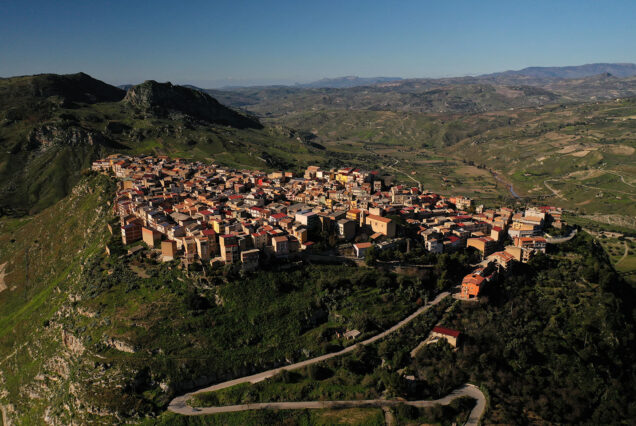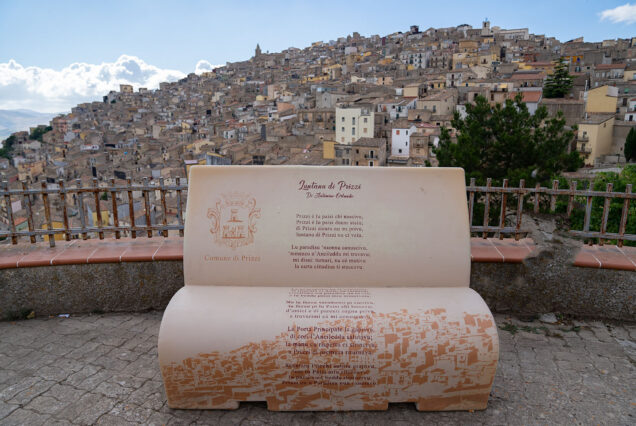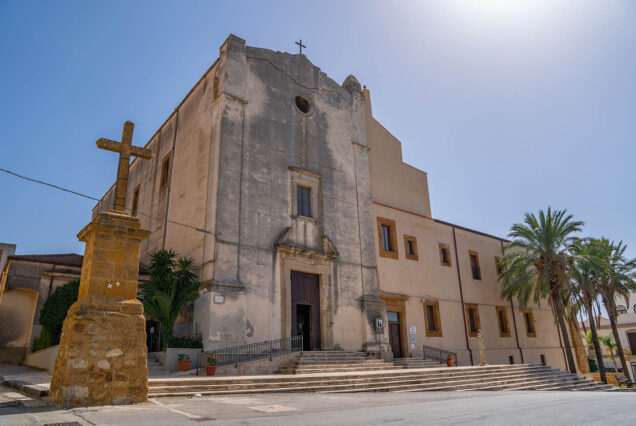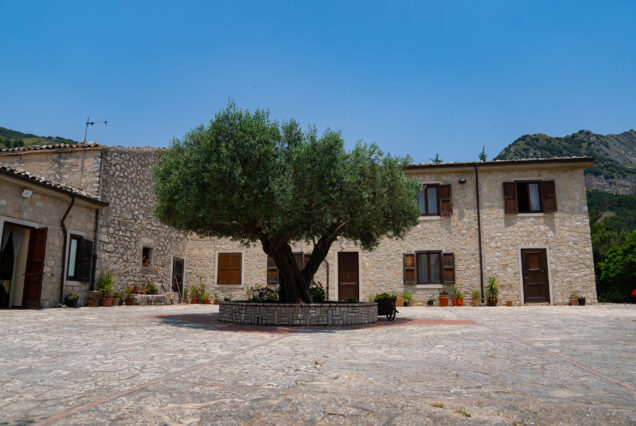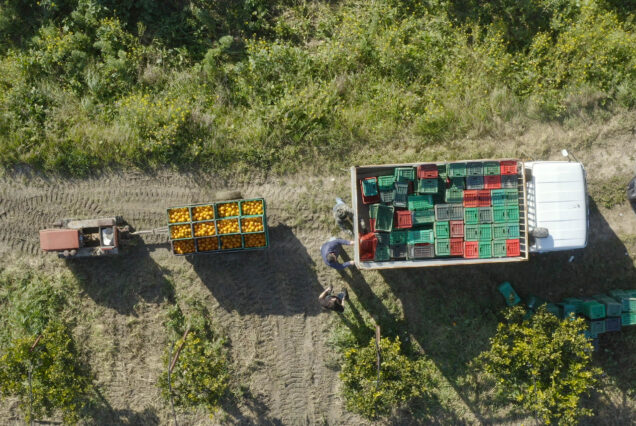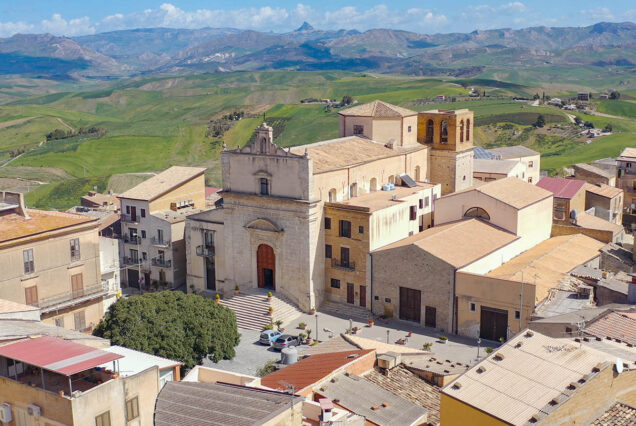Madonna of Bagnara, second Sunday in September
The cult of Our Lady of Bagnara, “la Madonna di li jardinara” or Our Lady of the Farmers, derives from the Calabrian feud of Bagnara to which the Castronovese territory belonged in the 12th century, at the behest of the Normans.
In 1085 Roger ordered the construction of a monastery and church on the Bagnara promontory in Calabria, endowing it with vast estates in Sicily as well, including Castronovo.
It would seem that the Bagnara cult was the first of the Latin rite introduced into the territory and into a community of the Greek Orthodox rite, as indeed was all of Christian Sicily that had gone through the centuries of Arab domination.
Even today Castronovo di Sicilia is twinned with BagnaraCalabra.


